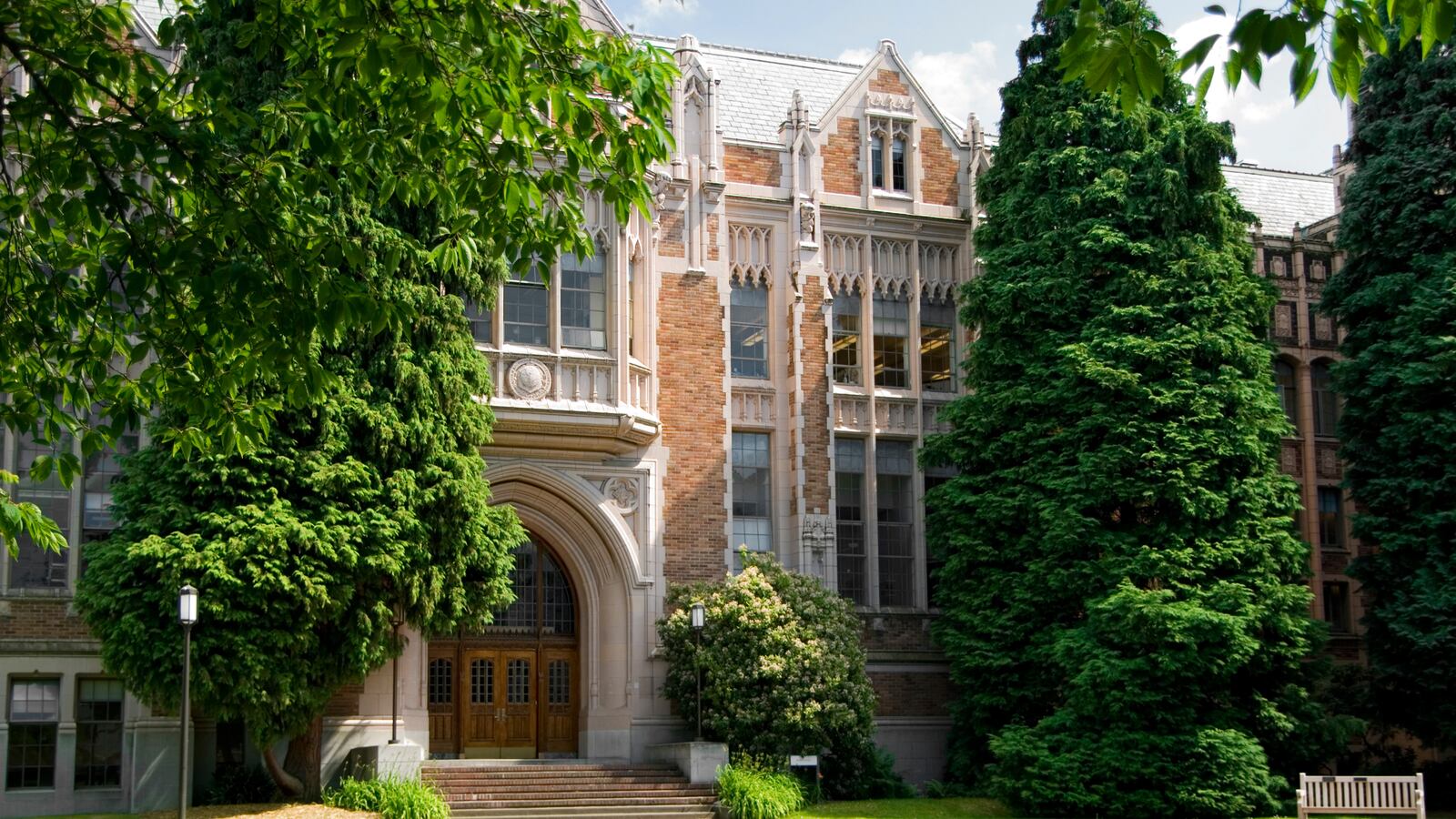There are countless ways to analyze high schools. For the last two years, Newsweek and The Daily Beast have considered the nation’s high schools with a simple conceit: to find the ones that best prepare students for college.

Each year we have tweaked our methodology slightly, but stayed true to factors that have been proven to be the best indicators of college readiness: graduation rates, participation in college-level classes via Advanced Placement (AP) and International Baccalaureate (IB) programs, and acceptance into a two- or four-year college program.
This year, we offered one update to our methodology. Instead of considering the number of courses offered, which is limited even for the most ambitious high school curricula, we weighed the percentage of students enrolled in an AP, IB or Advance International Certificate of Education (AICE) course.
All the data we analyzed was self-reported by each school for the 2011–12 school year. We invited more than 5,000 high schools to participate in the survey this year, and nearly 2,500 responded. All public high schools in the U.S. are eligible.
The full methodology and weighting is as follows:
Four-year, on-time graduation rate (25 percent): Based on the standards set forth by the National Governors Association, this is calculated by dividing the number of graduates in 2012 by the number of ninth graders in 2008, plus transfers in, minus transfers out. Unlike other formulas, this does not count students who took longer than four years to complete high school. We accepted 2011 grad rates from districts that had not yet calculated their 2012 numbers.
Percent of 2011 graduates who were accepted to college (25 percent): This metric reflects the proportion of graduates who were accepted to either a two- or four-year college for matriculation the fall after graduation.
AP/IB/AICE tests per student (25 percent): This metric is designed to measure the degree to which each school is challenging its students with college-level examinations. It consists of the total number of AP, IB, and AICE tests given in 2012, divided by the total enrollment in order to normalize by school size. AP exams taken by students who also took an IB or AICE exam in the same subject area were subtracted from the total.
Average SAT and/or ACT score (10 percent)
Average AP/IB/AICE exam score (10 percent)
Percent of students enrolled in at least one AP/IB/AICE course (5 percent): This metric assesses the number of students who were exposed to advanced curricula. The number of students enrolled in at least one class was divided by the total enrollment.
Data for each of these indicators were standardized using z-scores, in order to measure the relative performance of each school, and then weighted as indicated above to produce an overall Newsweek score for each school.
Our analysis excluded schools that were newly founded and did not have a graduating senior class in 2012. All submissions were screened to ensure that the data met several parameters of logic and consistency. Schools whose submissions did not meet these standards and/or appeared to have incorrect data were contacted directly for clarification. Those that did not respond with corrected data within the specified timeframe could not be considered in the ranking process.






